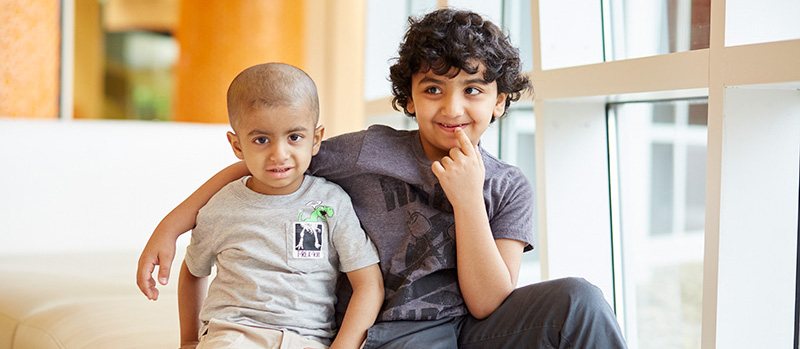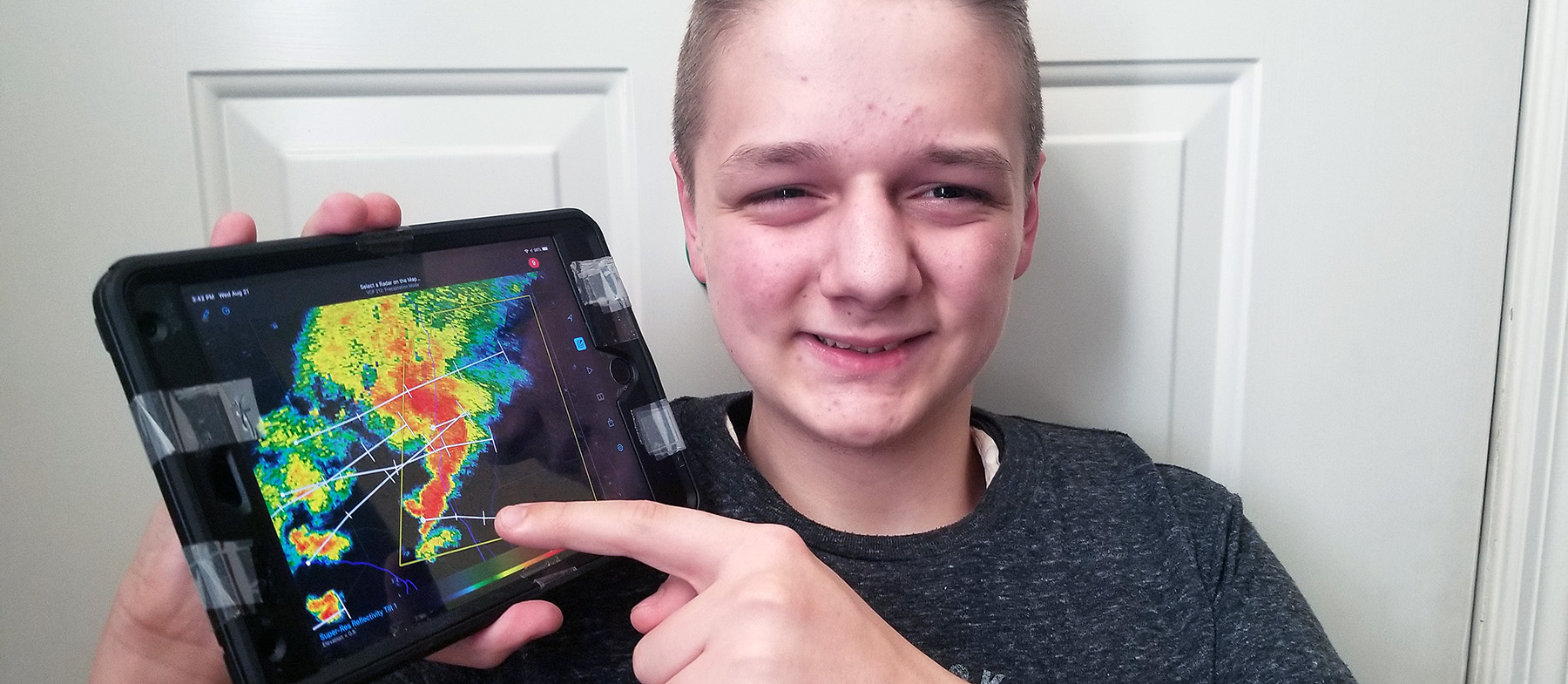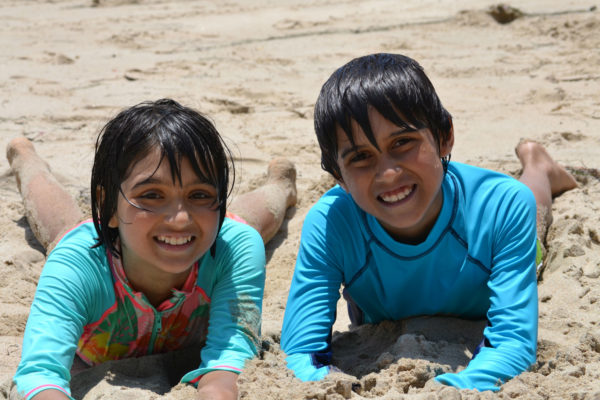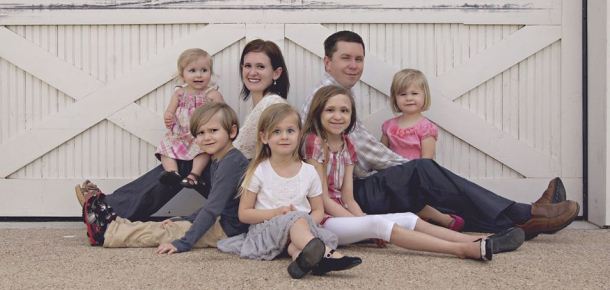When you learn that your child may need a bone marrow transplant (BMT), you will naturally have a lot of questions. We encourage you to ask as many as you need to, as having a thorough discussion may help you mentally prepare for the long road ahead. If you’re just beginning this journey, you may want to read this list of the most frequently asked questions we’ve received about BMT.
We hope that list answers some of your more general questions about BMT, and you may now be ready to start thinking of questions unique to your child’s condition. To assist you with this, we’ve compiled a list of potential questions to ask your child’s medical team. You may find it useful to print them out and take notes during the conversation.
Questions to Ask When Your Child Needs A Bone Marrow Transplant:
1. Why does my child need a bone marrow transplant?
This is an obvious question to ask, but I mention it here because I think it’s important for parents to have an honest discussion with their provider about it. Children need bone marrow transplants because they are the only curative or lifesaving treatments for some conditions. Examples include certain types of relapsed leukemias, leukemias that typically don’t go into sustained remission after chemotherapy, and some congenital immunodeficiencies.
2. Do the risks of BMT outweigh the benefits?
Again, it’s an important discussion to have – to make sure that you and your doctor carefully weigh all of the treatment options. Even though BMT is risky, we will recommend it if the benefits of the treatment outweigh the risks. One of the major risks is graft versus host disease (GVHD). This can happen when the bone marrow comes from a donor. The new bone marrow begins to make new blood and immune cells, and this new immune system starts to attack other organs because they’re foreign to the immune cells. The organs affected can be the skin, where GVHD causes a sun-burn-like rash, or it can affect the intestines. When this happens, patients can have large, watery diarrhea and may need immunosuppressive drugs to help combat it.
3. What happens if there is a complication?
Have a conversation about the plan of attack in the event that there is a complication. If immune suppression is needed to treat GVHD, the risk of infection goes up. How do they handle these situations? For instance, at some medical centers, including Cincinnati Children’s, we are utilizing an innovative approach to help combat infections. When we get bone marrow from a donor, we’ll ask them donate a little blood as well. From their blood, we’ll extract lymphocytes, a type of white blood cell important in fighting off viruses. We’ll train those lymphocytes in the lab to attack the most common dangerous viruses, and then we’ll give the patient those infection-fighting cells back. This is an approach we’ve been using against some infection complications, and it has been working quite well.
4. How many bone marrow transplants have you performed? Which type of BMT and for which conditions?
I put these two questions together because they’re both important to ask to understand the whole picture. The more BMTs a center performs the more experience they will have and thus, the better they will be at it. However, it’s important to consider that some bone marrow transplants are riskier to perform than others. For instance, the lowest risk BMT is autologous, or when we use the patient’s own bone marrow cells. But autologous transplants can only be used to treat certain types of cancers. It’s riskier when we perform an allogenic BMT, or when we use someone else’s bone marrow, which is the more common type of transplant. A sibling is typically a better match than a donor from the registry, and thus, less risky. However, for many conditions, the outcomes with unrelated donors are the same as those when a sibling is the donor.
Further, some conditions are rarer than others and can therefore pose a more challenging transplant and potentially more complications.
5. Which team members will be involved in my child’s care?
The bone marrow transplant process is long and arduous. It’s important to find a center that includes team members from many different specialties to address both physical and mental well-being. Aside from the day-to-day transplant team, which includes physicians, dietitians, pharmacists, social workers and nurses, we recommend activating other support services such as child life and school intervention programs.
6. How long will it take to find a donor for my child?
The average wait time for a match is anywhere from 6-8 weeks and depends upon a few factors. We’ll first see if a sibling is a tissue match. It’s important to keep in mind that siblings are a full match 25% of the time. After those options are exhausted, we’ll turn to the national bone marrow registry.
7. What will my child’s recovery look like?
If your child does not acquire GVHD, the outlook is better with each passing day. We’ll retest their immune systems around 9-12 months following transplant. If everything looks okay, we’ll begin to re-vaccinate them so that they can reenter into society safely. The majority of our patients have finished taking medications 1-2 years after transplant. Have a conversation about how long your medical team thinks recovery may take. Knowing this information upfront may help parents be more mentally prepared. Recovery can be different for each child’s unique situation and variable depending upon any complications that may arise. You may need to stay close to the medical center performing the BMT so that any complications can be dealt with quickly.
To learn more about our Bone Marrow Transplantation program, or to schedule a consultation, please contact Anne Witte at 513-636-1371 or anne.witte@cchmc.org.





